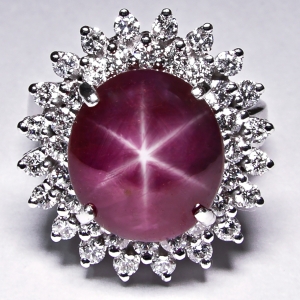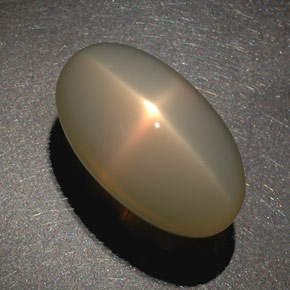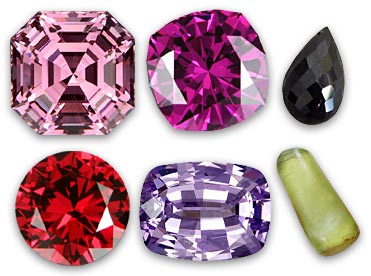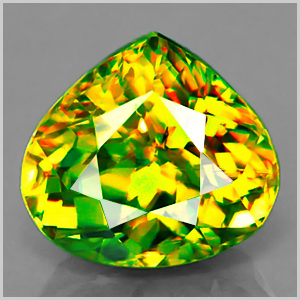Strawberry Quartz
Quartz is one of the most plentiful minerals on earth, making up about 12% of the earth’s crust. Anyway, ‘Fruit Quartz’ is the general trade term for a group of colorful, translucent materials which are individually known by fruit-like names such as “cherry quartz”, “blueberry quartz”, “strawberry quartz”, “kiwi quartz”, “pineapple quartz”, and so on. They are commonly carved into jewelry components such as beads or pendants or into decorative objects.
Strawberry quartz is a very rare type of quartz. It was found in Kazakhstan, one of the former Soviet republics. The color of this stone varies from pale pink to pink, and it has shining and sparkling needles of GOETHITE inside, which make strawberry quartz so attractive.
Strawberry quartz gets its color from inclusions of various forms of iron oxide. There are four different but chemically related iron oxides that may be found in quartz. They include lepidocrocite (FeO(OH)), goethite (also FeO(OH) but with a different crystal structure), limonite (FeO(OH)*nH2O) and hematite (Fe2O3).
Strawberry Quartz carries all the vibrations of Clear Quartz, with the additional attributes of universal love, understanding of purpose, and seizing the day. Carrying Strawberry Quartz can be soothing and calming for someone who works in a fast-paced environment. Strawberry Quartz has the ability to amplify intentions of love, gratitude and generosity, and can radiate those vibrations outward.
Strawberry Quartz assists in bringing balance to the psyche, the emotions, and the subtle energy bodies. An important tool for new initiates on the spiritual path, Strawberry Quartz can help one to gain insights into one’s persona and inspiration regarding how to improve on it. Strawberry Quartz is a great facilitator of gaining hidden knowledge.








